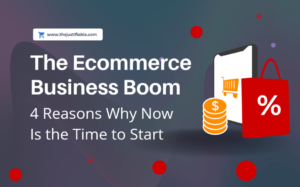Table of Contents
Generating income online has become more accessible than ever. This article will explore various ways to generate income, providing you with practical methods to start making money today.
Boost Your Earnings with Affiliate Marketing
Affiliate marketing is one of the most effective ways to generate income online. By promoting products or services and earning a commission for each sale made through your referral, you can create a steady stream of income. This method is especially appealing because it requires minimal upfront investment and can be integrated with various online platforms.
To get started, you need to understand the basics of affiliate marketing, including how to find the right affiliate programs, how to promote affiliate links effectively, and how to track and increase your sales. Each of these steps is crucial for maximizing your earnings and ensuring long-term success in affiliate marketing.
How to Choose the Right Affiliate Programs
Choosing the right affiliate programs is critical for your success. Look for programs that align with your niche and audience. This will make your promotions more relevant and increase the likelihood of conversions. Popular affiliate networks like Awin, ShareASale, and Commission Junction offer a wide range of products and services to choose from.
I recommend starting with products you have personally used and trust. This makes your promotions more genuine and credible. Additionally, consider the commission rates and payment terms of each program. Some programs offer recurring commissions, which can provide a steady income stream over time.
My advice is to read reviews and testimonials from other affiliates before joining a program. This can give you insights into the program’s reliability and support. Also, look for programs that provide marketing resources and tools to help you succeed.
Finally, don’t be afraid to test different programs to see which ones work best for you. Keep track of your performance and adjust your strategy as needed. This will help you find the most profitable programs and maximize your affiliate marketing income.
Promoting Affiliate Links Effectively
Promoting your affiliate links effectively is essential for driving traffic and generating sales. One of the best ways to do this is by creating high-quality content that provides value to your audience. This could include blog posts, product reviews, tutorials, and social media posts.
I suggest incorporating your affiliate links naturally within your content. Avoid keyword stuffing and overly promotional language, as this can turn off your audience. Instead, focus on providing genuine recommendations and insights that help your readers make informed decisions.
My recommendation is to use multiple channels to promote your affiliate links. This can include your blog, email newsletters, social media platforms, and even YouTube videos. By diversifying your promotion strategies, you can reach a broader audience and increase your chances of making sales.
Moreover, I strongly believe in the power of SEO (Search Engine Optimization) to drive organic traffic to your affiliate content. Conduct keyword research to identify relevant search terms and incorporate them naturally into your content. This can help improve your search engine rankings and attract more visitors to your site.
Tracking and Increasing Your Affiliate Sales
Tracking your affiliate sales is crucial for understanding your performance and identifying areas for improvement. Most affiliate programs provide dashboards where you can monitor your clicks, conversions, and earnings. Regularly reviewing this data can help you determine which strategies are working and which ones need adjustment.
I recommend using tracking tools like Google Analytics to gain deeper insights into your audience’s behavior. This can help you understand where your traffic is coming from, which pages are generating the most clicks, and how long visitors are staying on your site.
My advice is to experiment with different types of content and promotional strategies to see what resonates best with your audience. Split testing, also known as A/B testing, can be particularly useful for comparing different approaches and optimizing your campaigns.
Lastly, I suggest building strong relationships with your affiliate managers. They can provide valuable support, resources, and insights to help you succeed. Don’t hesitate to reach out to them for advice and assistance. By continuously refining your strategies and staying informed about industry trends, you can effectively increase your affiliate sales and boost your income.
Effective Email Marketing Strategies for Income
Email marketing is a powerful way to generate income and build a loyal customer base. By sending targeted, valuable content to your subscribers, you can nurture relationships and drive sales. This method is cost-effective and allows you to reach a wide audience with personalized messages.
To succeed in email marketing, you need to focus on building a profitable email list, crafting compelling email campaigns, and continuously analyzing and optimizing your strategies. Each of these components plays a crucial role in maximizing your income from email marketing.
Email Marketing Recommendations
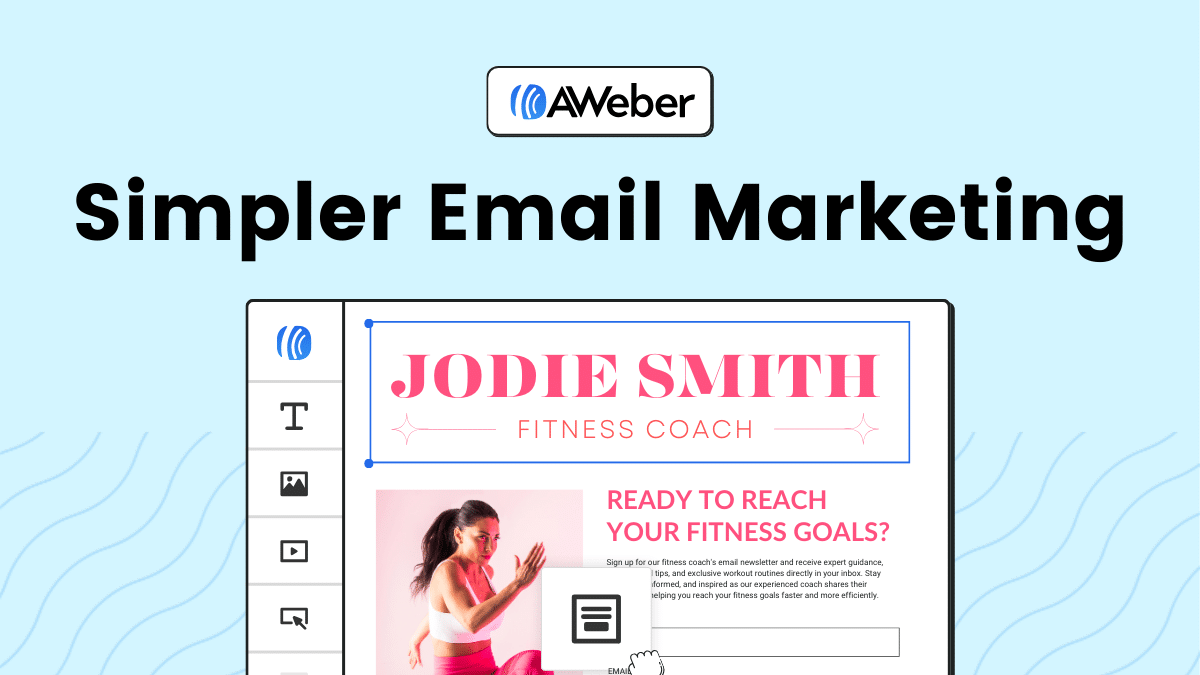 Aweber
| 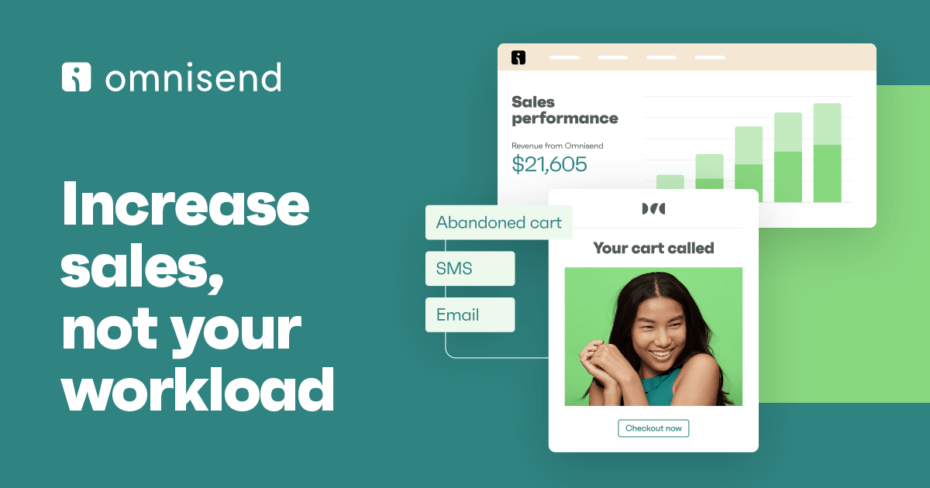 Omnisend
| 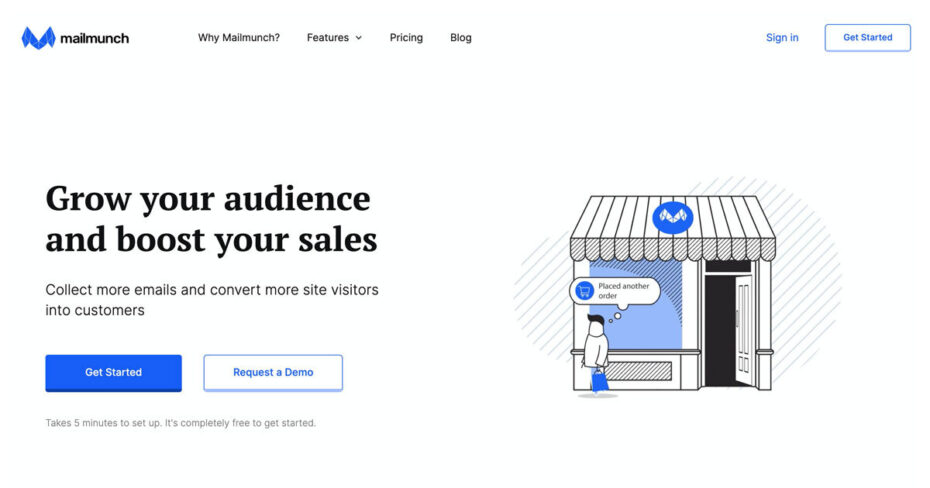 Mailmunch
|
Building a Profitable Email List
Building a profitable email list is the foundation of successful email marketing. Start by creating a lead magnet that offers value to your potential subscribers. This could be an eBook, a free course, a discount, or any other incentive that encourages people to sign up.
I recommend placing sign-up forms strategically on your website, blog, and social media platforms. Ensure that these forms are easy to find and complete. Use compelling calls to action to motivate visitors to join your email list. Additionally, consider using pop-ups or slide-ins to capture email addresses without disrupting the user experience.
My suggestion is to segment your email list based on the interests and behaviors of your subscribers. This allows you to send more personalized and relevant content, increasing engagement and conversion rates. Use tags and categories to organize your subscribers and tailor your messages to their specific needs and preferences.
Finally, always comply with email marketing regulations, such as GDPR and CAN-SPAM. This includes obtaining explicit consent from your subscribers and providing an easy way to unsubscribe. Maintaining a clean and compliant email list helps build trust and credibility with your audience.
Crafting Compelling Email Campaigns
Crafting compelling email campaigns is essential for capturing your audience’s attention and driving action. Start by writing engaging subject lines that entice recipients to open your emails. A good subject line should be clear, concise, and offer a hint of what’s inside.
I suggest focusing on the content of your emails, making sure it is valuable and relevant to your subscribers. Use a mix of informative content, promotional offers, and personal stories to keep your audience interested. Include clear calls to action that guide readers on what to do next, whether it’s making a purchase, reading a blog post, or following you on social media.
Most importantly, ensure your emails are visually appealing and mobile-friendly. Use professional email templates and include images, videos, and other multimedia elements to enhance your message. Keep your layout clean and easy to navigate, with a clear hierarchy of information.
Lastly, I strongly believe in the power of personalization. Address your subscribers by their names and use data such as past purchases or browsing behavior to tailor your content. Personalized emails have higher open and click-through rates, leading to better engagement and more conversions.
Analyzing and Optimizing Your Email Marketing
Analyzing and optimizing your email marketing efforts is crucial for improving performance and maximizing income. Use email marketing analytics to track key metrics such as open rates, click-through rates, conversion rates, and unsubscribe rates. These metrics provide insights into how your campaigns are performing and where you can make improvements.
I advise setting up A/B tests to compare different elements of your emails, such as subject lines, content, images, and calls to action. This helps you identify what resonates best with your audience and optimize your emails for better results.
My recommendation is to pay close attention to your engagement rates. High open and click-through rates indicate that your content is resonating with your audience. If you notice a drop in these metrics, re-evaluate your content and consider re-engaging inactive subscribers with a targeted campaign.
Finally, I suggest regularly cleaning your email list by removing inactive or unengaged subscribers. This helps improve your email deliverability and ensures that your messages reach those who are genuinely interested in your content. By continually analyzing and optimizing your email marketing, you can drive more income and achieve better results.
Blogging for Profit: Turn Your Passion into Income
Blogging can be an excellent way to generate income by sharing your passion and expertise with a wide audience. By consistently providing valuable content, you can attract readers, build a loyal following, and monetize your blog through various methods. This section will guide you through selecting a lucrative blog niche, creating engaging content, and exploring different monetization strategies.
Choosing the right niche and consistently publishing high-quality content are crucial for building a successful blog. Furthermore, implementing effective monetization strategies will help you turn your blog into a profitable venture.
Selecting a Lucrative Blog Niche
Selecting a lucrative blog niche is the first step towards profitable blogging. Start by identifying topics you are passionate about and have expertise in. A niche that combines your interests and knowledge will make blogging enjoyable and sustainable in the long run.
I recommend researching the market demand and competition for your chosen niche. Tools like Google Trends, keyword research, and competitor analysis can provide insights into the popularity and profitability of different topics. Look for niches with high demand but relatively low competition to increase your chances of success.
My suggestion is to consider the potential for monetization when choosing your niche. Some niches, such as personal finance, health, and technology, tend to have more opportunities for affiliate marketing, sponsored content, and selling digital products. Aligning your niche with profitable opportunities can significantly enhance your income potential.
Lastly, I advise focusing on a specific sub-niche to stand out in a crowded market. For example, instead of starting a general fitness blog, you could focus on fitness for busy professionals or post-pregnancy fitness. A well-defined niche helps you attract a targeted audience and build authority in your area of expertise.
Creating Engaging Content That Sells
Creating engaging content that sells is vital for attracting and retaining readers. Start by understanding your audience’s needs, preferences, and pain points. Use this knowledge to create content that provides value, solves problems, and entertains your readers.
I suggest incorporating a variety of content formats, such as blog posts, videos, infographics, and podcasts, to keep your audience engaged. Diversifying your content can cater to different learning styles and preferences, making your blog more appealing to a broader audience.
Most importantly, focus on writing compelling headlines and introductions. Your headline is the first thing readers see, and a strong introduction will entice them to continue reading. Use clear, concise language and include a hook that grabs attention and promises value.
My recommendation is to optimize your content for search engines (SEO). Conduct keyword research to find relevant terms and naturally incorporate them into your content. Additionally, use internal and external links to enhance the credibility and visibility of your blog. This can help you attract organic traffic and increase your blog’s reach.
Monetizing Your Blog through Various Methods
Monetizing your blog through various methods is key to turning your passion into income. There are several ways to make money from your blog, each with its own benefits and requirements.
I suggest starting with affiliate marketing, which involves promoting products or services and earning a commission for each sale made through your referral link. Choose affiliate programs that align with your niche and audience to increase the chances of conversions. Include honest reviews and recommendations in your content to build trust with your readers.
Another effective method is displaying ads on your blog through networks like Google AdSense. While this approach requires significant traffic to generate substantial income, it can be a steady revenue stream once your blog gains popularity.
My advice is to consider creating and selling your own digital products, such as eBooks, online courses, or printables. These products can showcase your expertise and provide value to your audience, while also generating passive income. Promote your products through your blog and email list to reach a wider audience.
Lastly, I recommend exploring sponsored content opportunities. Brands often pay bloggers to write posts or create content that promotes their products or services. Ensure that any sponsored content aligns with your niche and is relevant to your audience. By diversifying your income streams, you can maximize your blog’s profitability and achieve long-term success.
Earn Money with Dropshipping: A Comprehensive Guide
Dropshipping is an excellent way to generate income without the need to maintain inventory or handle shipping. By partnering with suppliers who fulfill orders directly to your customers, you can focus on marketing and growing your business. This model reduces risk and overhead costs, making it an attractive option for entrepreneurs.
To succeed in dropshipping, you need to set up a professional online store, find reliable suppliers, and effectively market your business. Each of these steps is crucial for ensuring a smooth operation and maximizing your earnings.
Dropshipping Sites Recommendations
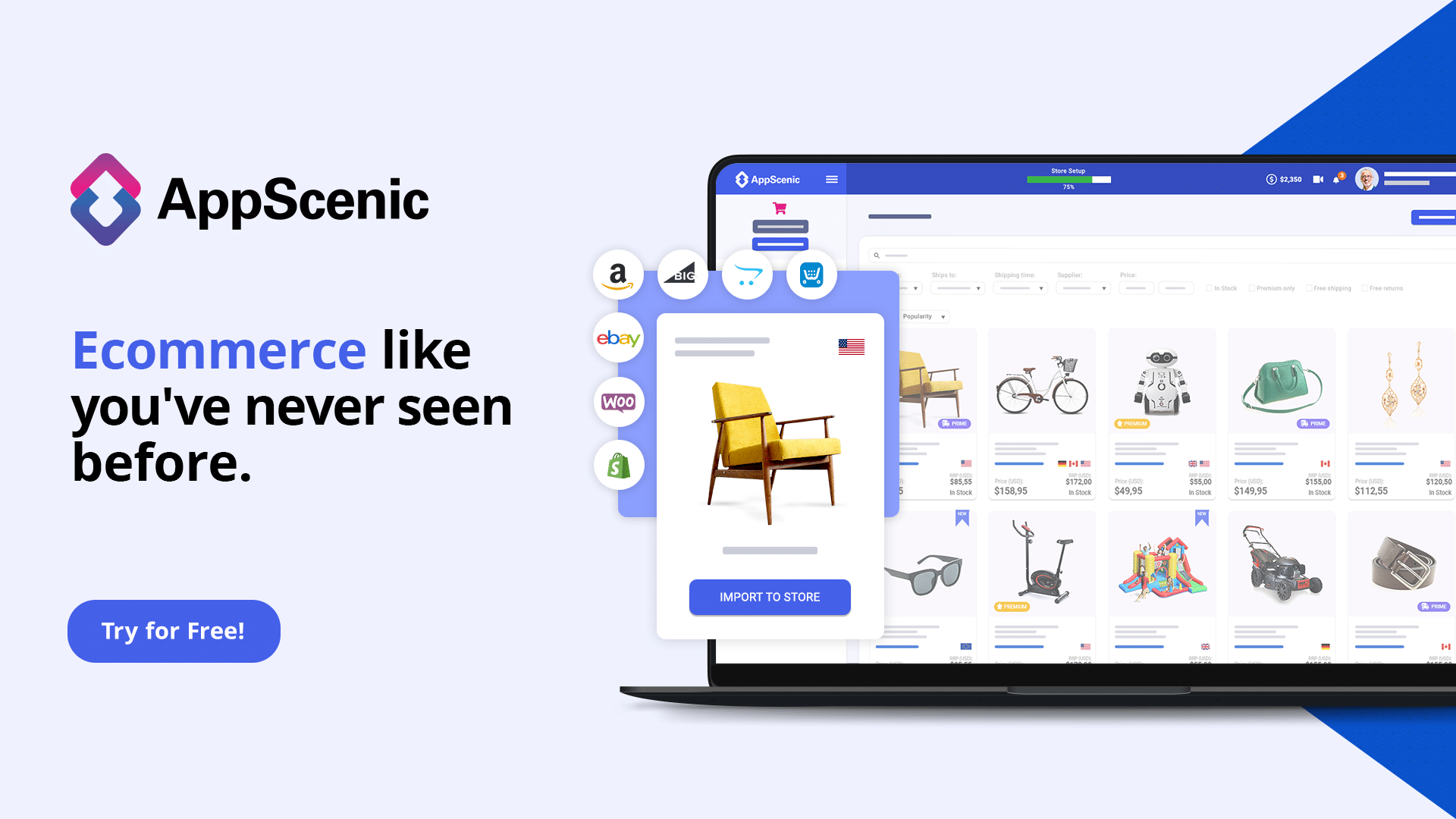 Appscenic
| 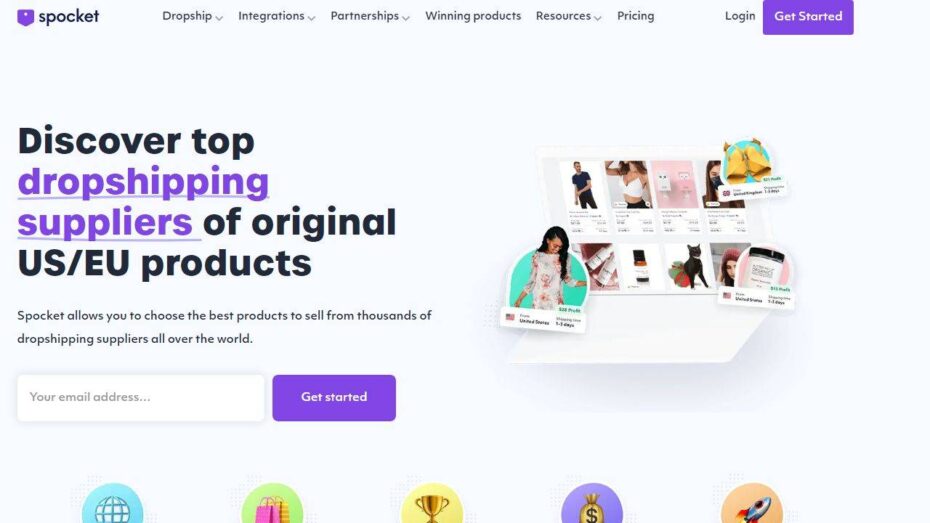 Spocket
|
Setting Up Your Online Store
Setting up your online store is the first step in your dropshipping journey. Choose an eCommerce platform like Shopify, WooCommerce, or BigCommerce that offers user-friendly features and integrations. These platforms provide templates and tools to help you create a professional-looking store quickly.
I recommend customizing your store to reflect your brand’s identity. Use high-quality images, clear product descriptions, and a consistent color scheme to create a cohesive look. Make sure your website is mobile-friendly, as a significant portion of customers shop on their phones.
My advice is to focus on creating a seamless user experience. Ensure that your site is easy to navigate, with intuitive categories and a straightforward checkout process. Providing excellent customer service options, such as live chat or a comprehensive FAQ section, can also enhance the shopping experience and build trust with your customers.
Finally, I suggest setting up essential pages like About Us, Contact, and Shipping Information. These pages provide important details that customers look for and can help improve your store’s credibility. A well-organized and informative online store sets the foundation for a successful dropshipping business.
Finding Reliable Dropshipping Suppliers
Finding reliable dropshipping suppliers is crucial for ensuring product quality and timely delivery. Start by researching suppliers on platforms like AliExpress, Oberlo, and SaleHoo, which connect you with manufacturers and wholesalers.
I advise contacting multiple suppliers to compare their products, prices, and shipping policies. Request samples to assess the quality and reliability of their products before committing to a partnership. This step is essential to avoid potential issues with customer satisfaction and returns.
Most importantly, my recommendation is to read reviews and testimonials from other dropshippers who have worked with the suppliers you are considering. This can provide valuable insights into their reliability and customer service. Additionally, choose suppliers with efficient communication channels to address any issues quickly.
Lastly, I strongly believe in establishing clear agreements with your suppliers regarding shipping times, return policies, and payment terms. Clear communication and written agreements help prevent misunderstandings and ensure a smooth partnership. Reliable suppliers are the backbone of a successful dropshipping business.
Marketing Your Dropshipping Business
Marketing your dropshipping business effectively is essential for attracting customers and driving sales. Start by identifying your target audience and understanding their needs and preferences. This will help you tailor your marketing strategies to reach the right people.
I suggest using a mix of digital marketing techniques, including search engine optimization (SEO), social media marketing, and email marketing. Optimize your website content with relevant keywords to improve your search engine rankings and attract organic traffic. Engaging content and strong SEO can significantly boost your visibility.
My advice is to leverage social media platforms like Facebook, Instagram, and Pinterest to promote your products and interact with potential customers. Use high-quality images, engaging captions, and targeted ads to increase your reach and drive traffic to your store. Social media is a powerful tool for building brand awareness and connecting with your audience.
Furthermore, I recommend building an email list to nurture relationships with your customers. Offer incentives like discounts or exclusive content to encourage sign-ups. Send regular newsletters with updates, promotions, and personalized product recommendations to keep your audience engaged and drive repeat sales.
Finally, I point out the importance of tracking your marketing efforts and analyzing the results. Use tools like Google Analytics and social media insights to monitor your performance and adjust your strategies accordingly. By continuously refining your marketing approach, you can effectively grow your dropshipping business and maximize your income.
Freelancing: Utilize Your Skills for Extra Income
Freelancing offers a flexible and lucrative way to generate income by leveraging your skills and expertise. Whether you are a writer, designer, developer, or consultant, freelancing allows you to work on your own terms and earn money by providing services to clients. This section will guide you through identifying your marketable skills, finding high-paying freelance gigs, and managing your projects efficiently.
Understanding your strengths and effectively marketing your services are key to building a successful freelance career. Additionally, implementing efficient project management strategies ensures you can handle multiple clients and deliver high-quality work consistently.
Identifying Your Marketable Skills
Identifying your marketable skills is the first step towards a successful freelancing career. Start by listing all the skills you possess, including both hard skills (technical abilities) and soft skills (interpersonal abilities). Consider your past work experiences, hobbies, and any specialized training you have received.
I recommend focusing on skills that are in high demand within the freelance market. Use platforms like Upwork, Freelancer, and LinkedIn to research what clients are looking for. Look at job postings and profiles of successful freelancers in your field to get a sense of the most sought-after skills.
Most importantly, my suggestion is to identify a niche where your skills can stand out. For example, instead of offering general writing services, you could specialize in technical writing or copywriting for eCommerce. A niche focus can help you attract clients who are specifically looking for your expertise and can be willing to pay a premium for it.
Lastly, I advise continuously updating and expanding your skill set. Take online courses, attend workshops, and stay current with industry trends. By enhancing your skills, you can offer more value to clients and increase your earning potential as a freelancer.
Finding High-Paying Freelance Gigs
Finding high-paying freelance gigs requires a strategic approach. Start by creating a professional online presence with a strong portfolio showcasing your best work. A well-designed website or profile on freelance platforms can help you attract potential clients and demonstrate your expertise.
I suggest using freelance job boards and marketplaces to find gigs. Websites like Upwork, Fiverr, and Toptal offer a wide range of opportunities across various industries. Apply to jobs that match your skills and experience, and tailor your proposals to highlight how you can meet the client’s specific needs.
My recommendation is to network within your industry. Join professional groups, attend conferences, and participate in online forums to connect with potential clients and other freelancers. Building relationships and getting referrals can often lead to higher-paying opportunities.
Furthermore, I point out the importance of setting competitive yet fair rates. Research what other freelancers in your field are charging and consider your level of experience and the value you bring to clients. Don’t undersell yourself; confident pricing reflects your professionalism and expertise.
Managing Your Freelance Projects Efficiently
Managing your freelance projects efficiently is essential for maintaining client satisfaction and ensuring timely delivery of work. Start by using project management tools like Trello, Asana, or ClickUp to organize your tasks, set deadlines, and track your progress.
I advise creating a detailed project plan for each client, outlining the scope of work, milestones, and timelines. Clear communication with your clients about expectations and deliverables can prevent misunderstandings and keep projects on track.
I think setting boundaries is crucial for managing your workload effectively. Establish working hours, communicate your availability to clients, and avoid overcommitting to multiple projects. This helps you maintain a healthy work-life balance and ensures you can deliver high-quality work consistently.
Finally, my advice is to regularly review and assess your workflow. Identify any bottlenecks or areas where you can improve efficiency. Adjusting your processes and staying organized can help you handle more projects without compromising on quality, ultimately boosting your income and reputation as a reliable freelancer.
Create and Sell Online Courses for Passive Income
Creating and selling online courses is an excellent way to generate passive income by sharing your knowledge and expertise. This method allows you to reach a global audience, providing valuable education while earning money even when you’re not actively working. The key to success in this field is choosing a profitable course topic, designing high-quality content, and effectively marketing and selling your course.
Building an online course can be a rewarding endeavor, both financially and personally. By following these steps, you can create a course that stands out in the market and continuously attracts students.
Choosing a Profitable Course Topic
Choosing a profitable course topic is the first step towards creating a successful online course. Start by identifying subjects you are knowledgeable and passionate about. Consider your professional experience, hobbies, and any specialized skills you possess. This will ensure that you can provide valuable insights and maintain enthusiasm throughout the course creation process.
I recommend conducting market research to validate your course idea. Use platforms like Udemy, Coursera, and Skillshare to see what courses are popular and identify gaps in the market. Look at the number of enrollments, reviews, and ratings to gauge demand. Additionally, use keyword research tools to find out what potential students are searching for online.
Most importantly, my suggestion is to choose a topic that solves a specific problem or meets a particular need. Courses that offer practical skills or knowledge that can be directly applied tend to attract more students. For instance, a course on “Digital Marketing for Small Businesses” might have more demand than a general marketing course.
Lastly, I advise you to narrow down your topic to a niche area. A focused course can appeal to a targeted audience, making it easier to market and stand out from the competition. By thoroughly researching and choosing a well-defined, in-demand topic, you can set the foundation for a successful online course.
Designing High-Quality Course Content
Designing high-quality course content is crucial for engaging your students and delivering value. Start by outlining your course structure, breaking it down into modules and lessons. Each lesson should have clear objectives and build upon the previous ones to create a cohesive learning experience.
I suggest using a variety of content formats to cater to different learning styles. This can include video lectures, written materials, quizzes, and interactive elements like discussion forums or assignments. High-quality videos with clear audio and visuals are particularly effective in keeping students engaged.
I think it’s essential to make your content interactive and practical. Incorporate real-world examples, case studies, and hands-on activities that allow students to apply what they’ve learned. This not only enhances understanding but also keeps learners motivated and invested in the course.
Moreover, my recommendation is to get feedback on your content before finalizing it. Share your course with a small group of beta testers and ask for their input on clarity, pacing, and overall quality. Use their feedback to refine your content and ensure it meets the needs of your target audience.
Lastly, I point out the importance of regularly updating your course. Keep your content current with the latest information and trends in your field. This shows students that your course is up-to-date and can help you maintain high ratings and positive reviews.
Marketing and Selling Your Online Course
Marketing and selling your online course effectively is key to attracting students and generating income. Start by creating a compelling course landing page that highlights the benefits of your course. Use persuasive copy, testimonials, and a clear call to action to encourage visitors to enroll.
I recommend leveraging social media to promote your course. Use platforms like Facebook, LinkedIn, and Instagram to reach your target audience. Share valuable content related to your course topic, engage with your followers, and use targeted ads to increase visibility.
Furthermore, my advice is to build an email list to nurture potential students. Offer a free resource or mini-course to encourage sign-ups, and use email marketing to keep your audience informed about your course launch, special offers, and updates. Personalized emails can help you build relationships and convert leads into students.
Lastly, I strongly believe in the power of partnerships and collaborations. Partner with influencers, bloggers, and other educators in your niche to expand your reach. Guest posting, webinars, and co-marketing efforts can help you tap into new audiences and increase your enrollments.











